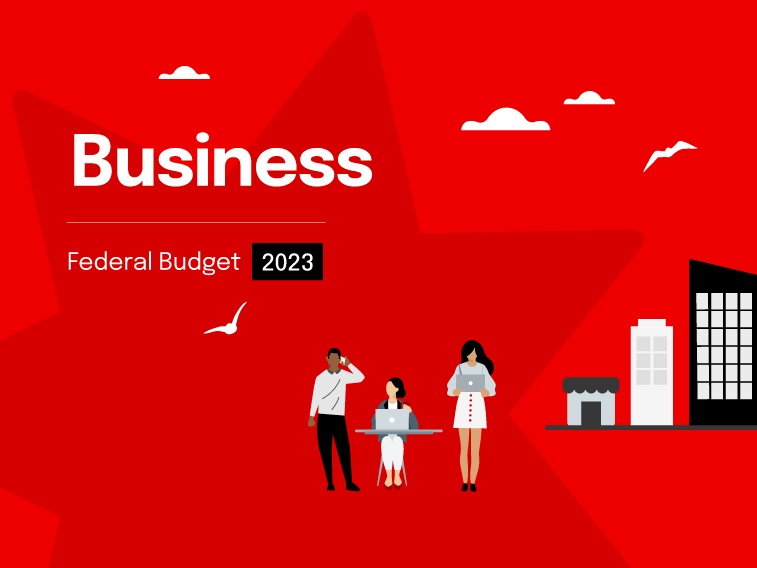Online retail sales growth slowed to almost flat in March

Insight
Business owners can look forward to energy bill relief, cash flow support and an extension of the instant asset write-off as part of this year's Federal Budget measures.

The significant budget announcements were in line with media reporting and prepositioning over recent days. The key headlines, in a budget sense, are the expectations for a small surplus ($4.2bn) this financial year, driven by strong employment and better than expected nominal wage growth, as well as very high commodity prices. The Government is claiming around 82% of cyclical benefits have been saved. Going forward, the surplus turns back to a deficit of $13.9bn in 2023/24 and around $35bn in the out years of the forward estimates as the impact of cyclical factors fade and a persistent – albeit improving – structural deficit continues. Nonetheless, the cumulative deficit over 5 years is now expected to be around $125bn lower. Gross debt is also expected to peak at a lower 36.6% of GDP in 2025/26.
Cost of living measures (totalling $14.6bn) take the focus on the expenditure side, including $3bn of energy bill relief, $3.5bn on Medicare bulk billing incentives, $4.9bn for an across-the-board Jobseeker increase and increasing rent assistance by 15%. Other areas of focus include Medicare, improving aged care services (including $11.3bn for a 15% award pay increase) and supporting the energy transition through incentives to small business for green investments and a $2bn Hydrogen HeadStart program to develop the industry.
Key revenue measures were as expected, with increased collections from the PRRT, tobacco excise and previously announced reductions in superannuation concessions. Elsewhere, Phase 3 Tax cuts stay – and will be needed if our forecasts are accurate, while the Low and Middle Income Tax Offset (LMITO) will end as expected.
Based on our early analysis of the budget, the impact on the economy is expected to be broadly neutral over coming years, notwithstanding a widening in the structural deficit in 2023/2024 before it levels off over the forward estimates. Further out the government projects a gradual tightening, with the structural deficit expected to narrow over the medium term. Consequently, we see little implication for monetary policy in the near term, with the RBA likely to continue to focus on the ongoing passthrough of rates and the pace of moderation in inflation.
The trajectory of the key economic forecasts matches our own outlook, albeit with a more optimistic outlook for growth in the near-term. For unemployment, wage growth and the CPI, the budget is only slightly more optimistic but sees a similarly shaped profile for each variable.
A $20,000 instant asset write-off for small businesses with annual turnover below $10 million will be in place from 1 July 2023 to 2024.
A new Small Business Energy Incentive will also be introduced, providing businesses with turnover less than $50 million with a bonus 20% tax deduction for eligible depreciating assets up to $100,000 for energy saving upgrades.
The Budget will also provide $23.4 million to support small businesses to build resilience to cyber threats.
© National Australia Bank Limited. ABN 12 004 044 937 AFSL and Australian Credit Licence 230686.